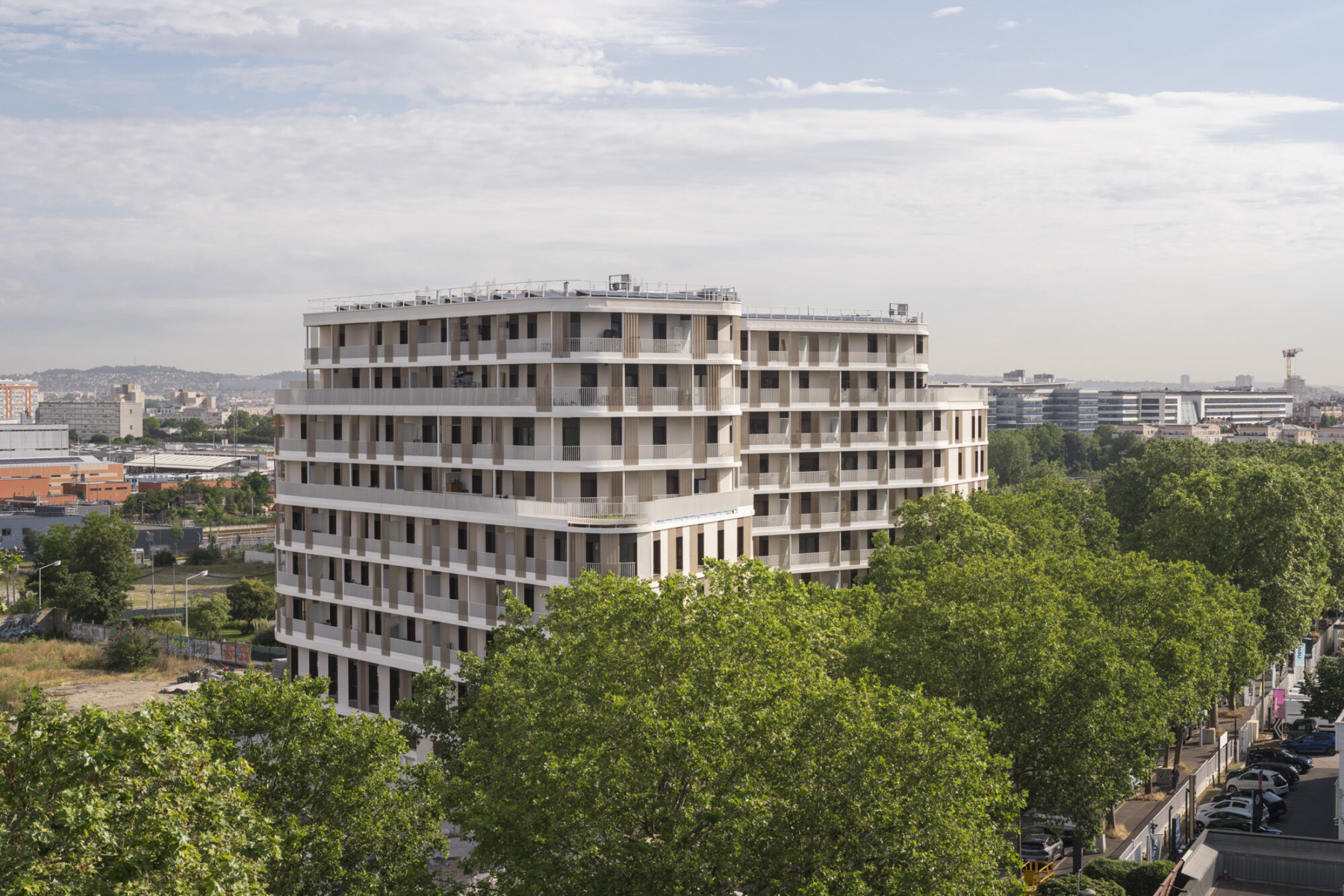Homes for Christmas: Feds announce design catalogue launch for this December
It will feature up to 50 standardized conceptual designs.

Key Takeaways:
- The federal government is set to launch the Housing Design Catalogue in December 2024, featuring up to 50 standardized designs, including row housing and accessory dwelling units.
- The project has received $11.6 million in funding from Budget 2024 and involves collaboration with architects like MGA | Michael Green Architecture and LGA Architectural Partners Ltd., alongside regional experts.
- The Housing Design Catalogue aligns with the government’s broader strategy to address the housing crisis by integrating various housing programs and supporting an Industrial Strategy for Homebuilding. This approach aims to improve construction efficiency, reduce costs, and provide detailed, permit-ready design packages by early 2025.
The Whole Story:
Sean Fraser, Minister of Housing, Infrastructure and Communities, unveiled plans for the Housing Design Catalogue, a key initiative aimed at expediting the construction of new housing across Canada. The first iteration of the catalogue, set to launch this December, will feature up to 50 standardized conceptual designs, including row housing, fourplexes, sixplexes, and accessory dwelling units, intended to streamline the design, approvals, and construction processes.
“We need to build more homes, faster to end Canada’s housing crisis and ensure that everyone has a safe and affordable place to call their own,” said Minister Fraser. “The Housing Design Catalogue will help get us there by expediting approval processes and building times, and reducing the cost of building.”
The design contracts were awarded to MGA | Michael Green Architecture, which will cover British Columbia, and LGA Architectural Partners Ltd., which will collaborate with five regional teams to develop designs for Alberta, the Prairies, Ontario, Quebec, the Atlantic, and the North. In addition, an open submission process has been launched, inviting industry members to contribute existing prefabricated housing designs, with submissions due by November 8, 2024.
The government is also preparing to launch a competition in November for innovative mid-rise building designs, which will inform future iterations of the catalogue. The initiative aligns with Budget 2024, which allocated $11.6 million for the development of the catalogue, underscoring the federal commitment to tackling the housing crisis through collaboration with provinces and municipalities.

With the aim of integrating other housing programs, the Housing Design Catalogue is expected to support an Industrial Strategy for Homebuilding, expediting construction methods while reducing costs. Detailed construction packages, compliant with building code requirements, will be made available in early 2025, further facilitating the development of new homes.
The Housing Design Catalogue is a recent initiative by the Canadian federal government, announced in late 2023 as part of efforts to address the country’s housing crisis. This project draws inspiration from a post-World War II program run by the Canada Mortgage and Housing Corporation (CMHC) between the late 1940s and 1970s, which provided standardized house designs to speed up construction.
The modern iteration, supported by Budget 2024 with $11.6 million in funding, aims to provide pre-approved, standardized housing designs that can be used across the country to accelerate construction and reduce costs. The government began targeted consultations with industry professionals, technical experts, homebuilders, non-profit housing providers, and various levels of government in January 2024 to inform the catalogue’s development.
In July and August 2024, the federal government invited multidisciplinary design teams to submit proposals for the first iteration of the catalogue, focusing on low-rise designs. The initiative is expected to feature a variety of housing types, including accessory dwelling units, multiplexes, and small to medium-sized buildings, with potential expansion to higher-density constructions and innovative building methods like modular and prefabricated homes.

